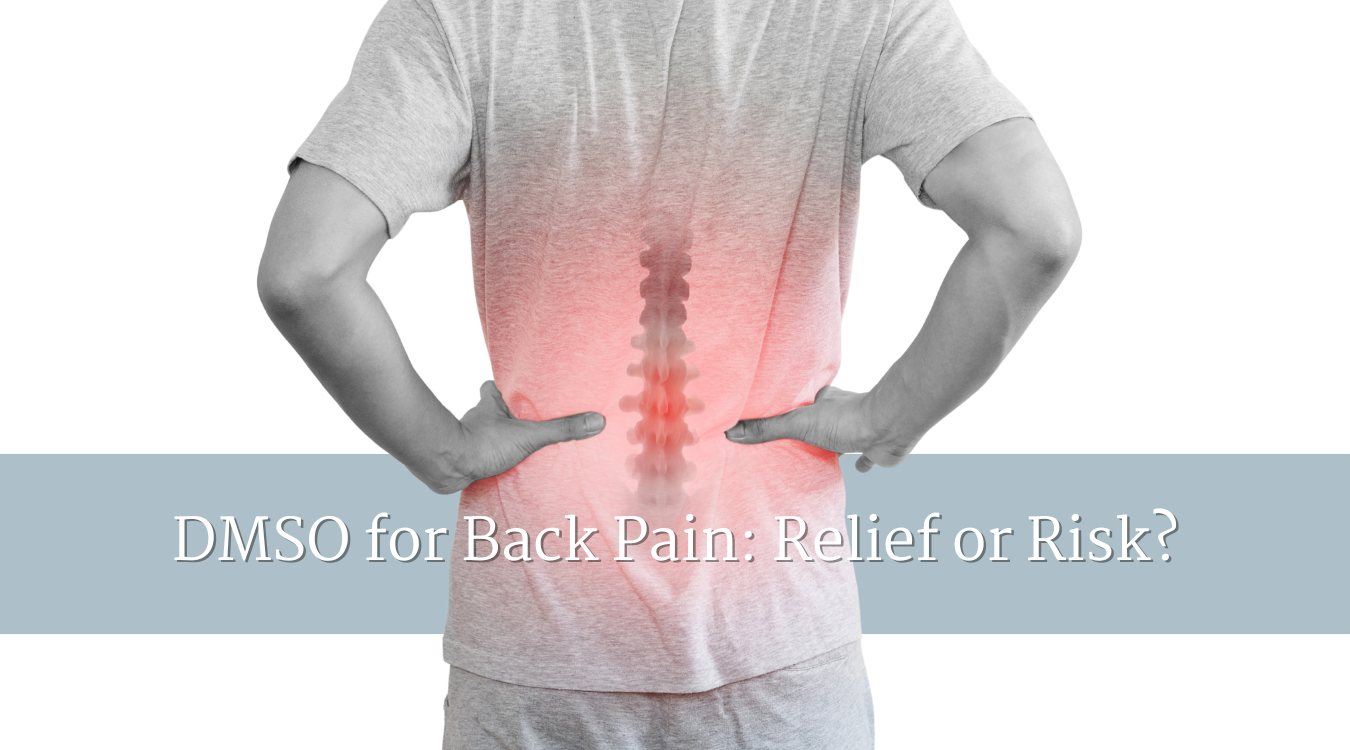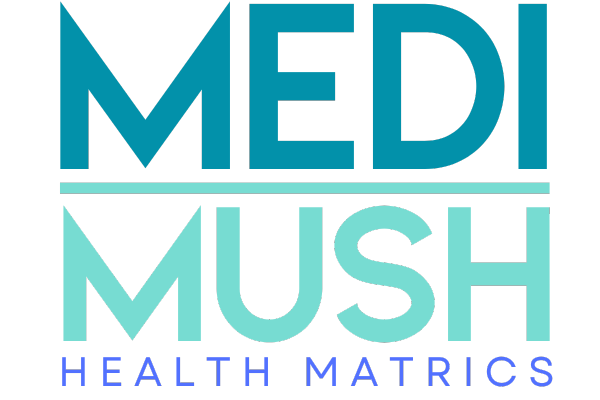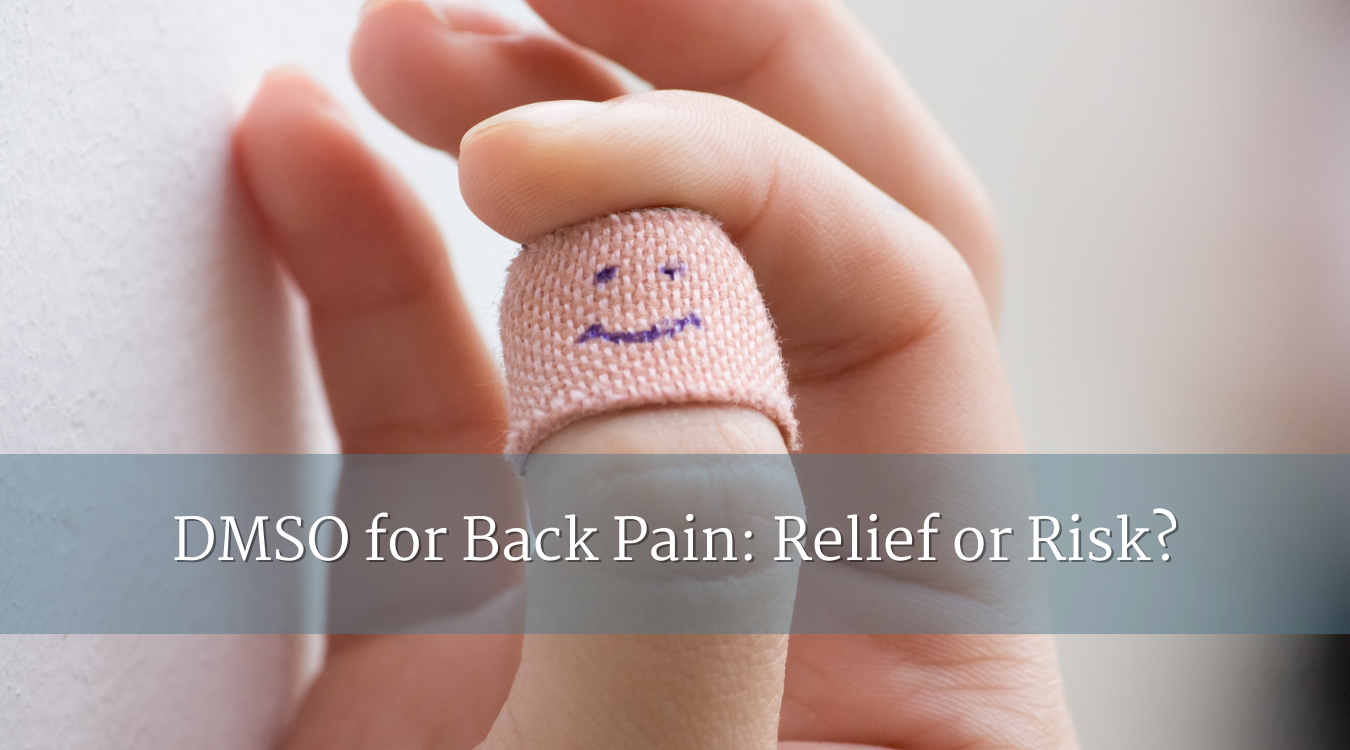
Why Back Pain Leads People to DMSO
Back pain is one of the most common health complaints worldwide. From aching muscles after long hours of sitting to the sharp pain of a slipped disc, millions of people look for alternatives when conventional treatments don’t fully help.
This is where DMSO (dimethyl sulfoxide) sometimes enters the conversation. Known for its ability to penetrate deep into tissues and reduce inflammation, some people turn to it in hopes of soothing stubborn back pain. But how strong is the evidence — and what do medical experts say?
🔬 What the Research Suggests
-
Anti-inflammatory action: DMSO reduces inflammatory markers in animal studies, which could help with swelling around muscles or joints.
-
Pain-modulating effect: DMSO may alter how pain signals are transmitted in nerves, potentially providing local relief.
-
Muscle recovery: Some sports medicine research suggests it could improve microcirculation, easing tension in strained muscles.
👉 However, large human trials are lacking. Most evidence comes from lab studies or anecdotal use, not from gold-standard clinical trials.
🩺 Orthopaedic & Pain Specialist Perspective
If you asked a spinal surgeon or pain consultant, they would say:
-
DMSO is not an approved treatment for back pain.
-
Some patients may notice temporary relief from topical use, but this doesn’t address the underlying cause.
-
For chronic back pain, lifestyle measures (strengthening core muscles, improving posture, weight management) remain the frontline solution.
👉 In their words: “DMSO may reduce discomfort at the surface, but the root causes of back pain — from disc degeneration to muscle imbalance — need proper management.”
🥼 Sports Medicine View
Athletes sometimes explore DMSO for injuries. From this angle:
-
It may help relieve soreness after intense exercise or heavy lifting.
-
Its ability to penetrate tissues makes it attractive as a “delivery agent” for other anti-inflammatory compounds.
-
Still, most professionals caution that DMSO has not been standardised for safety in sports medicine.
🌀 Traditional Medicine Lens
In TCM and holistic frameworks, back pain is often linked to stagnation in the lower back and kidney energy weakness.
-
While DMSO isn’t part of these systems, its use for reducing inflammation echoes the same principle of improving circulation and clearing blockages.
-
Herbal compresses or acupuncture remain the traditional routes here.
❌ Myths vs Facts
-
Myth: DMSO cures back pain.
-
Fact: It may temporarily ease symptoms, but it does not fix structural or chronic issues.
-
-
Myth: DMSO is safer than standard treatments.
-
Fact: It has side effects (skin irritation, garlic-like odour, carrying other substances into the blood).
-
-
Myth: Doctors prescribe DMSO for back pain.
-
Fact: DMSO is not licensed for this use in human medicine.
-
⚖️ Safety Considerations
-
Topical only: Do not inject or ingest.
-
Skin sensitivity: Can cause redness, itching, or burning.
-
Purity matters: Low-grade DMSO can carry impurities into the bloodstream.
-
Underlying causes: Always rule out serious conditions (disc injury, spinal stenosis, infection).
✨ The Bigger Picture
DMSO may help take the edge off back pain for some people, thanks to its anti-inflammatory and pain-modulating properties. But it’s not a cure, and without addressing the underlying causes, relief may be temporary.
For now, DMSO belongs in the category of experimental or adjunct use — something researchers are still studying, not something approved by guidelines.
🔗 Where to Learn More
-
Related: DMSO and Arthritis
-
Related: DMSO and Sports Recovery
-
Foundation: What is DMSO and How Does It Work?




 DMSO and Wound Healing: Can It Really Speed Recovery?
DMSO and Wound Healing: Can It Really Speed Recovery?
 DMSO and Eye Health: What the Research Really Says
DMSO and Eye Health: What the Research Really Says













.webp)